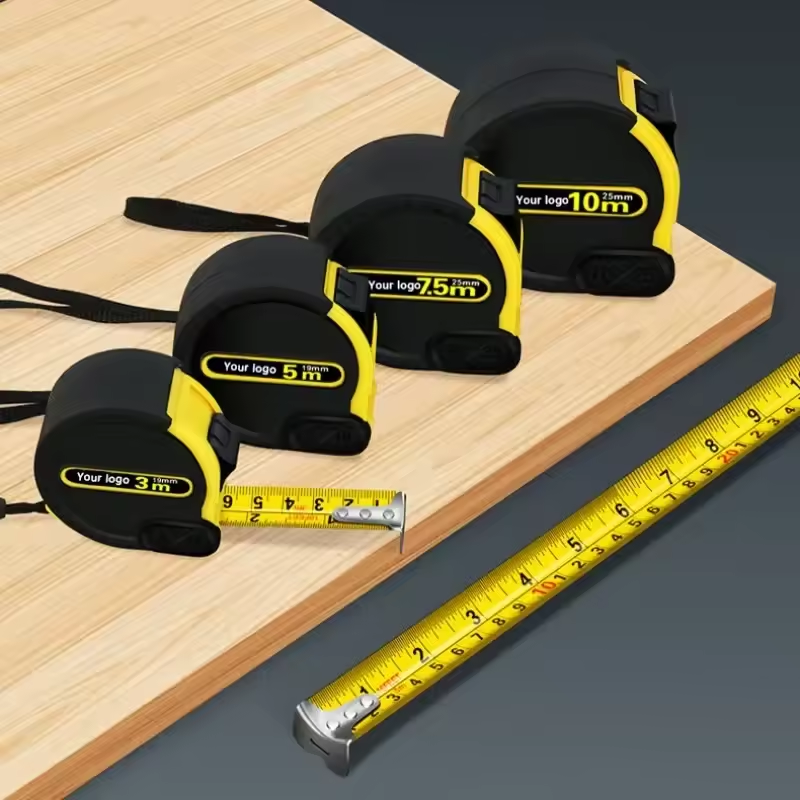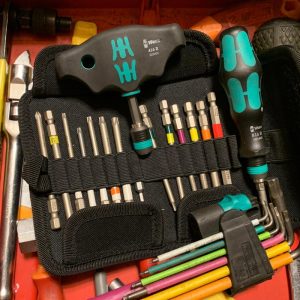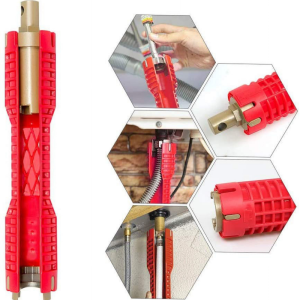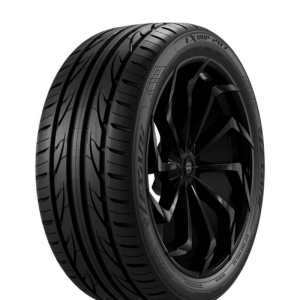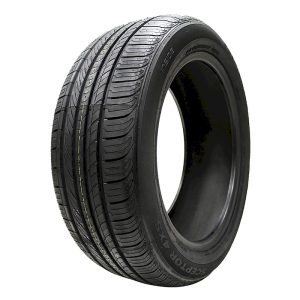
Your motorcycle tires are the sole point of contact between your machine and the asphalt jungle. They play a critical role in providing traction, handling, and overall safety while riding. Unlike car tires, motorcycle tires are made from softer rubber compounds to offer superior grip while leaning into corners. However, this softer rubber comes at a cost – a shorter lifespan. So, how often should you replace your motorcycle tires to maintain optimal performance and safety?
This comprehensive guide dives into the factors influencing motorcycle tire lifespan, the telltale signs it’s time for a new set, and valuable tips to maximize your tire’s longevity. We’ll also explore the different types of motorcycle tires available and what to consider when choosing replacements. Finally, we’ll guide you through the tire replacement process, ensuring a smooth and safe transition for your next ride.
Factors Affecting Motorcycle Tire Lifespan
Several key factors influence how long your motorcycle tires will deliver safe and reliable performance. Understanding these factors empowers you to determine the right replacement schedule for your specific riding habits and conditions.

-
Time vs. Mileage: While tire manufacturers typically recommend replacing motorcycle tires every five to seven years, regardless of mileage, this is a general guideline. Frequent riders who rack up high miles will naturally need to replace their tires more often than occasional weekend warriors.
-
Riding Style: Aggressive riding with hard accelerations, sharp braking, and frequent cornering puts more stress on your tires, accelerating wear and tear. Consider replacing your tires sooner if you have a sporty riding style.
-
Climate and Storage: Exposure to extreme temperatures, harsh sunlight, and ozone can accelerate the degradation of your tire’s rubber compounds. If you live in a hot climate or store your motorcycle outdoors, you might need more frequent replacements.
-
Tire Maintenance: Proper tire care, including regular inflation checks, maintaining proper alignment, and avoiding overloading your motorcycle, can significantly extend your tire’s lifespan.
-
Previous Repairs: Punctures or patches can weaken the tire’s structure and compromise its safety. If your tires have undergone significant repairs, consider replacing them sooner than later.
Signs You Need New Motorcycle Tires
While the five-to-seven-year timeframe is a good starting point, there are specific signs that indicate your motorcycle tires are nearing the end of their lifespan and need replacement. Here are some crucial indicators to watch out for:
-
Tread Depth: Most motorcycle tires have built-in wear bars that indicate the minimum safe tread depth. Once the tread wears down to the level of these bars, it’s time for new tires. You can also measure the tread depth with a tire gauge – most manufacturers recommend replacing tires when the tread depth reaches 1/32 of an inch or less.
-
Cracked or Damaged Sidewalls: The sidewalls of your tires are crucial for maintaining structural integrity. Any cracks, bulges, or signs of severe damage on the sidewalls necessitate immediate replacement, regardless of tread depth.
-
Dry Rot and Weathering: Over time, the rubber compounds in your tires can dry out and become brittle, losing their grip and flexibility. If you notice signs of dry rot, cracks on the tread surface, or a hardened texture, it’s time to replace your tires.
-
Reduced Handling Performance: As your tires wear down, you might experience a decrease in handling performance, such as feeling wobbly or less responsive in corners. This could be a sign of worn-out tread or improper tire pressure. While proper inflation can address pressure issues, worn-out tread necessitates replacement.
Maximizing Your Motorcycle Tire Lifespan
With proper care and maintenance, you can extend the lifespan of your motorcycle tires and ensure they deliver optimal performance for longer. Here are some valuable tips to keep your tires rolling safely:

-
Regular Pressure Checks: Maintain the recommended tire pressure as specified in your motorcycle’s owner’s manual. Improper inflation can lead to uneven wear and reduced tire lifespan. Check your tire pressure before every ride, and at least once a week during extended periods of non-use.
-
Proper Alignment: Misaligned wheels can cause uneven tire wear. Regularly have your motorcycle’s wheel alignment checked and adjusted by a qualified mechanic.
-
Avoid Overloading: Overloading your motorcycle puts additional stress on the tires, leading to premature wear. Ensure you stay within the recommended weight limit for your motorcycle.
-
Clean and Protect: Regularly clean your tires with a mild soap and water solution to remove dirt, debris, and road grime buildup. Avoid using harsh chemicals or solvents that can damage the rubber compound.
-
Consider Tire Covers: If you store your motorcycle outdoors for extended periods, invest in tire covers to shield them from direct sunlight and harsh weather elements.
-
Warm Up Your Tires: Before aggressive riding, especially on cold mornings, allow your tires to warm up by riding at moderate speeds for a few minutes. This helps the rubber compounds reach their optimal operating temperature for better grip and performance.
-
Store Your Motorcycle Properly: When not in use, store your motorcycle in a cool, dry, and well-ventilated location. Avoid storing it in direct sunlight or extreme temperatures.
Choosing the Right Replacement Motorcycle Tires
Selecting the right replacement tires for your motorcycle is crucial for optimal performance and safety. Here are some key factors to consider:
-
Riding Style: Match your tire choice to your riding style. Sporty riders prioritize tires with softer compounds that offer superior grip in corners, while touring riders might prefer tires with a focus on durability and mileage.
-
Terrain: If you frequently ride off-road or on gravel roads, consider knobby tires designed for better traction on loose surfaces. Street riders should choose tires designed for paved roads.
-
Weather Conditions: For riders who frequently encounter rain, consider tires with a focus on wet weather performance and water drainage.
-
Speed Rating: Choose tires with a speed rating that matches or exceeds your motorcycle’s maximum speed capabilities.
-
Load Rating: Select tires with a load rating that can support the weight of your motorcycle, including cargo and passenger weight.
-
Brand and Reputation: Research different tire brands and their reputation for performance, durability, and value. Consider recommendations from trusted sources and reviews from other riders.
The Motorcycle Tire Replacement Process
Replacing your motorcycle tires involves a few key steps. Here’s a general overview of the process:

-
Find a Qualified Mechanic: Locate a reputable motorcycle repair shop with experienced mechanics who specialize in tire replacement.
-
Schedule an Appointment: Schedule an appointment for tire replacement and discuss your riding style and needs with the mechanic.
-
Tire Selection: Based on your riding style and the mechanic’s recommendations, choose the most suitable tires for your motorcycle.
-
Tire Installation: The mechanic will remove your old tires, inspect your wheels for any damage, and install your new tires.
-
Balancing and Alignment: The mechanic will balance your wheels to ensure smooth operation and check your wheel alignment for optimal handling.
-
Final Inspection: The mechanic will perform a final inspection to ensure the tires are properly inflated, mounted securely, and clear of any issues.
Invest in Safety: Upgrade Your Motorcycle Tires Today
Don’t wait until your motorcycle tires are completely worn out or compromised to replace them. By following the recommended replacement schedule, prioritizing safety when choosing new tires, and maintaining your existing tires properly, you’re making a conscious decision to enhance your riding experience and minimize the risk of accidents.
